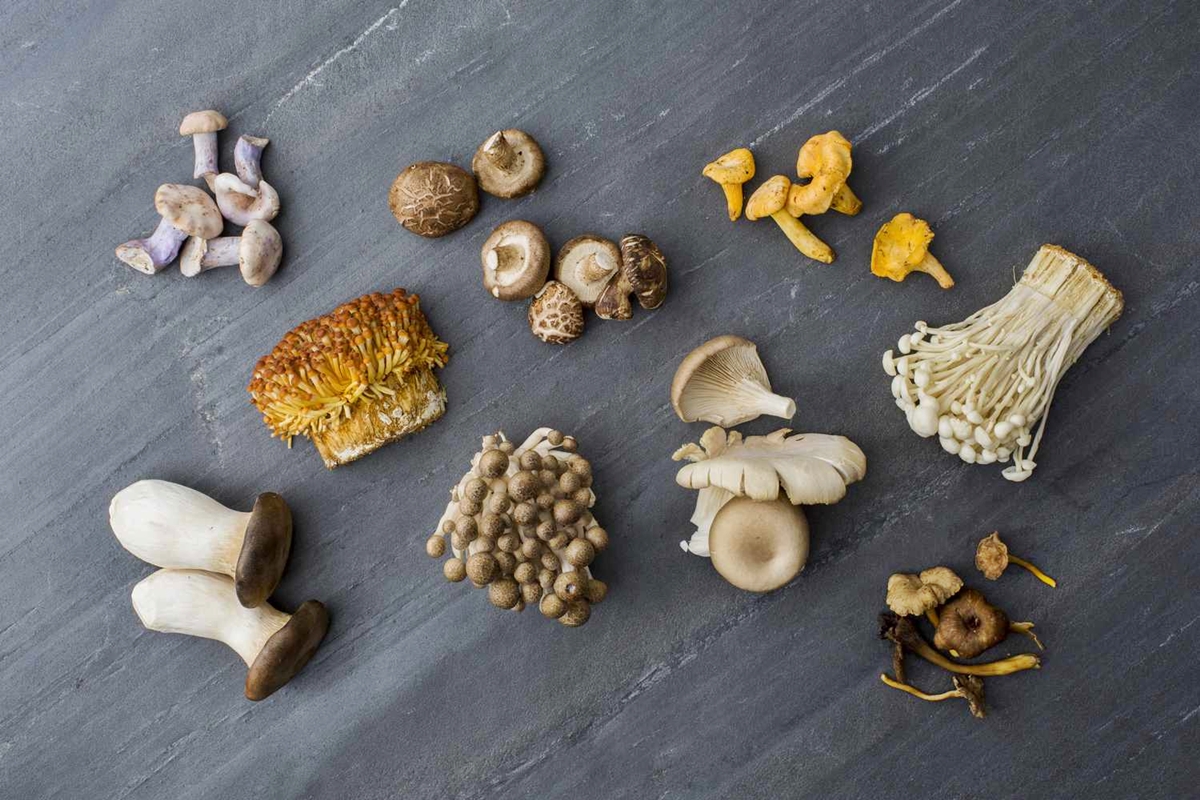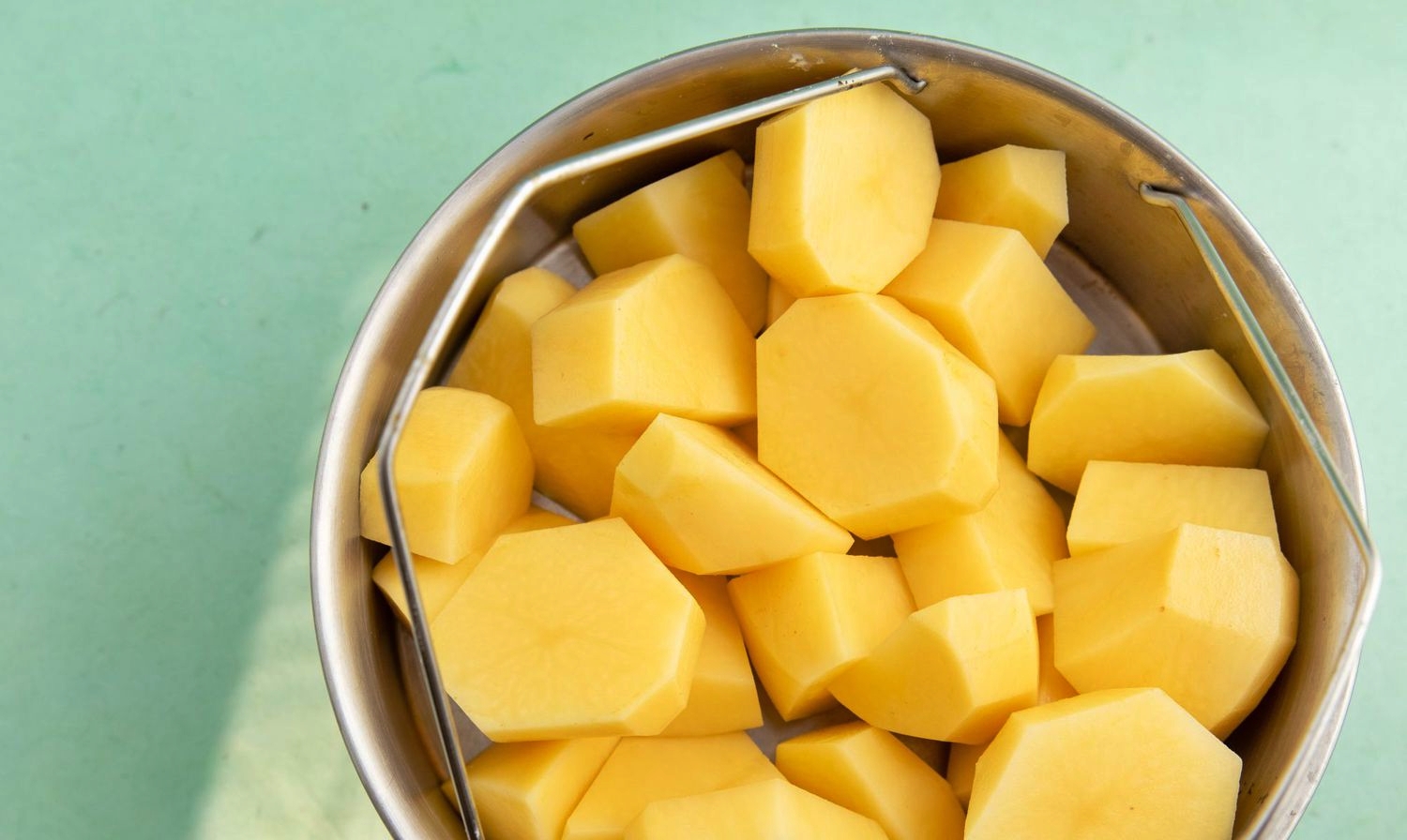How to Frost a Cake: A Step-by-Step Guide
There’s nothing quite as satisfying as a beautifully frosted cake. Whether it’s a special occasion or just a sweet treat to indulge in, knowing how to frost a cake is a valuable skill to have. In this step-by-step guide, we’ll walk you through the process of achieving a perfectly frosted cake that will impress both your eyes and taste buds. So let’s grab our spatulas and get ready to create something delicious!
What You’ll Need:
- A cake, cooled and ready to be frosted
- Frosting of your choice (homemade or store-bought)
- An offset spatula or a butter knife
- A turntable or a rotating cake stand (optional, but helpful)
- Piping bag and decorating tips (optional, for additional decorations)
Step 1: Prepare Your Cake
Before you begin frosting your cake, make sure it is completely cooled. You can even put it in the fridge for a while to firm it up. A cool cake will prevent the frosting from melting and sliding off.
Step 2: Crumb Coat
To create a smooth finish, it’s a good idea to apply a crumb coat first. This is a thin layer of frosting that acts as a base. Using an offset spatula, spread a thin layer of frosting all over the cake, filling in any gaps or uneven surfaces. This will catch any loose cake crumbs and provide a solid foundation for the final frosting layer.
Step 3: Apply the Final Frosting
Now it’s time to apply the final layer of frosting. Begin by adding a generous amount of frosting on the top of the cake. Using the offset spatula, spread the frosting from the center outward, ensuring an even layer. Continue spreading the frosting on the sides of the cake, working from top to bottom. Use long, smooth strokes to create a seamless finish.
Step 4: Smooth the Frosting
For a professional-looking cake, it’s important to smooth out any uneven spots or visible spatula marks. Dip the offset spatula in hot water, wipe off any excess, and carefully run it over the frosting, starting from the top, and working your way down the sides. The heat from the spatula will help to melt the frosting slightly, creating a smoother surface.
Step 5: Add Decorative Elements (Optional)
If you’re feeling creative, this is the perfect opportunity to add some decorative elements to your cake. Fill a piping bag with a different color of frosting and use various tips to create borders, rosettes, or any other designs you desire. Let your imagination run wild!
Step 6: Chill and Enjoy!
Once you’re satisfied with your beautifully frosted cake, place it in the refrigerator to allow the frosting to set. This will make it easier to slice and serve. When you’re ready to indulge, take your masterpiece out of the fridge, slice it up, and enjoy every delicious bite!
Now that you have mastered the art of frosting a cake, you can impress your friends and family with your baking skills. Remember, practice makes perfect, so don’t be afraid to experiment with different frosting techniques and decorations. Happy cake decorating!
For those looking to put their cake frosting skills to the test, there are several delightful recipes to consider. The Classic Vanilla Cake Recipe is perfect for beginners, providing a simple yet delicious base to practice smooth, even frosting. More adventurous bakers might enjoy the Red Velvet Cake Recipe, with its rich color and cream cheese frosting offering a bit of a challenge. The Carrot Cake Recipe, with its dense texture and cream cheese frosting, is another great option for those looking to hone their skills. For a bit of zest, the Lemon Drizzle Cake Recipe offers a refreshing twist and a chance to experiment with a glaze-style frosting. Lastly, the German Chocolate Cake Recipe, with its layers of chocolate and coconut-pecan frosting, will test both your frosting and filling skills, making it a rewarding project for any frosting enthusiast.
– For a smoother finish, it’s helpful to crumb coat your cake first. This involves applying a thin layer of frosting to seal in any loose crumbs before applying the final coat.
– Use an offset spatula or a bench scraper to achieve smooth and even layers of frosting.
– If your frosting becomes too soft or runny, you can refrigerate it for a few minutes to firm it up before continuing.
– Always start frosting the cake from the top and work your way down the sides for a neater appearance.
– Dip your offset spatula or bench scraper in hot water, dry it off, and then use it to smooth out the frosting on the cake. The heat helps to melt the butter in the frosting, resulting in a smoother finish.
– To achieve super smooth sides, hold the scraper at a slight angle against the cake and rotate the turntable as you slowly move the scraper around the cake.
– Cream cheese frosting is tangy and creamy, perfect for carrot cakes or red velvet cakes.
– Ganache is a rich and glossy chocolate frosting made with heavy cream and chocolate. It’s great for chocolate cakes and can be poured over the cake or spread as a layer.
– Whipped cream frosting is light and fluffy, made with heavy cream, sugar, and flavorings. It is best used for refrigerated cakes and should be stabilized with gelatin or whipped cream stabilizer to hold its shape.
– To create intricate designs, you can use stencils with powdered sugar or cocoa powder. Place the stencil on the frosted cake and gently sift the powdered ingredient over it.
– For a simple and elegant look, you can top the cake with fresh flowers or fruit. Just make sure they are safe for consumption and clean before placing them on the cake.
– If the filling or frosting contains perishable ingredients, such as cream cheese or whipped cream, it is best to refrigerate the cake. Place it in an airtight container or cover it tightly with plastic wrap to prevent drying out.
– Before serving a refrigerated cake, let it sit at room temperature for about 30 minutes to an hour to allow the frosting to soften to a palatable texture. This step is optional for buttercream frosting.
Was this page helpful?
Read Next: How To Freeze Cookies And Cookie Dough











